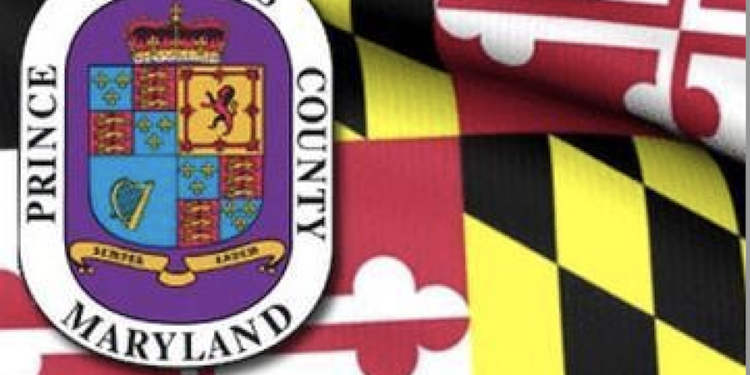Jasmin and Darryl Hunter purchased their first home in 2016, moving from DC to Capitol Heights, Maryland. Their 3-bed, 3-bath home provided them with a yard for their dogs, a welcoming local community, and reasonable proximity to DC. But six years later, they left Prince George’s County and homeownership for a 1-bed, 1-bath rental apartment in Navy Yard DC and say their quality of life has improved.
The Hunters are not the only Black people leaving homeownership in the county for proclaimed greener pastures. Stripping the county of its claim to fame, this past summer, The Washington Post identified that “Prince George’s is the largest source of newcomers to Charles County,” the now richest Black county in America.
The fluctuating, but evolving relationship between Black homeownership and Prince George’s County is less of an uphill battle and more of an improbable attempt at climbing all Seven Summits. So it’s not shocking that Black homeowners have moved to other areas in the region.
Its history is marked by blatant racism preventing Black people from purchasing homes in the county in the 70s to promising hints of parity and progress in the 80s to the early 2010s where unfortunately much of this progress was undone as majority of homeowners were experiencing negative equity. Over generations, the county’s Black homeowners have vacillated through the unpredictable, but not surprising fragile highs and devastating lows of Black progress in America.
Additionally, the county has recently found itself dealing with the same kinds of gentrification, displacement, and affordability issues as others, almost completely recovering from the 2009 real estate crisis that bankrupted a number of homeowners. This crisis was one of the first waves of questioning whether or not the county could serve as that “promised land.”






